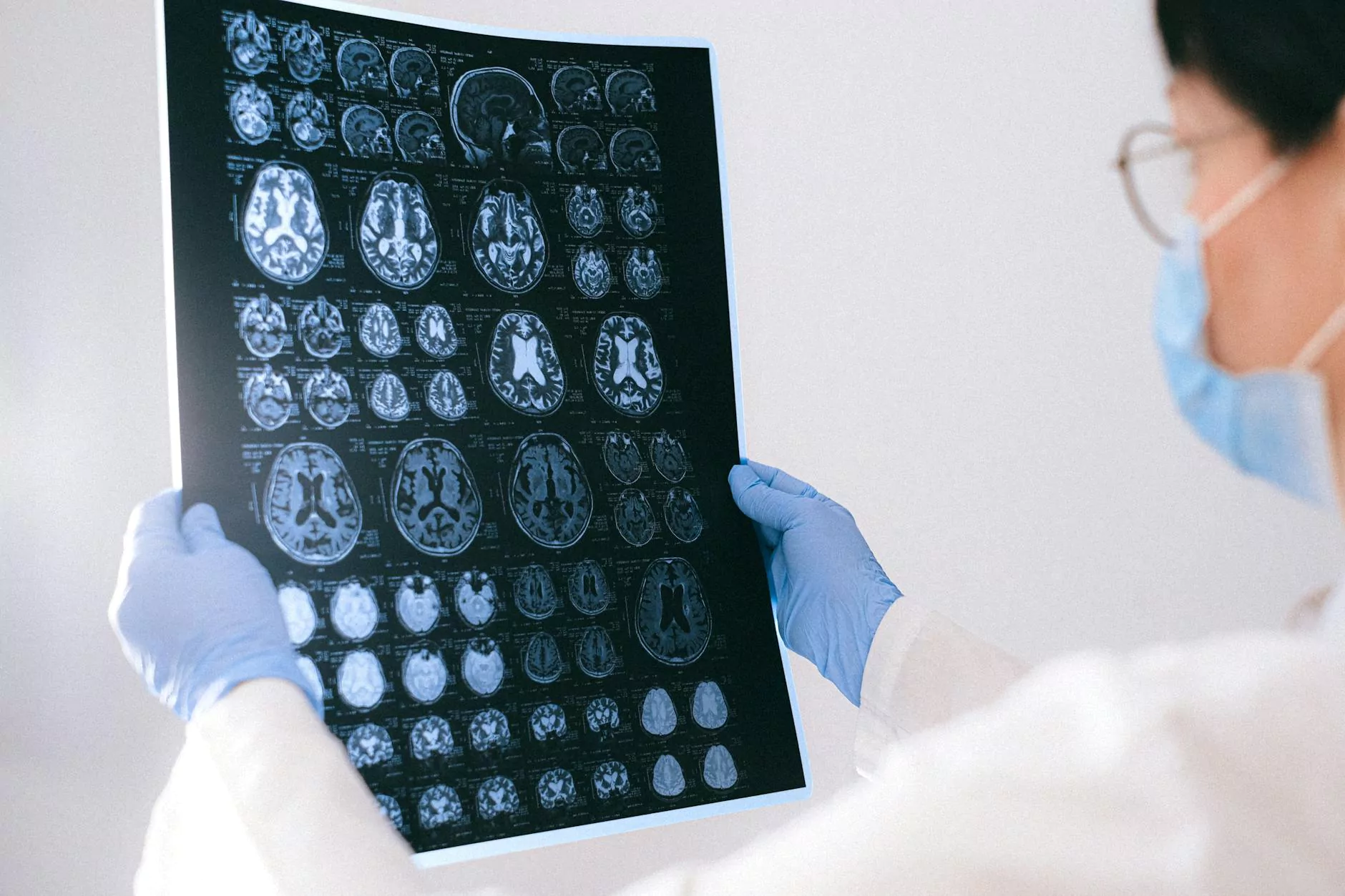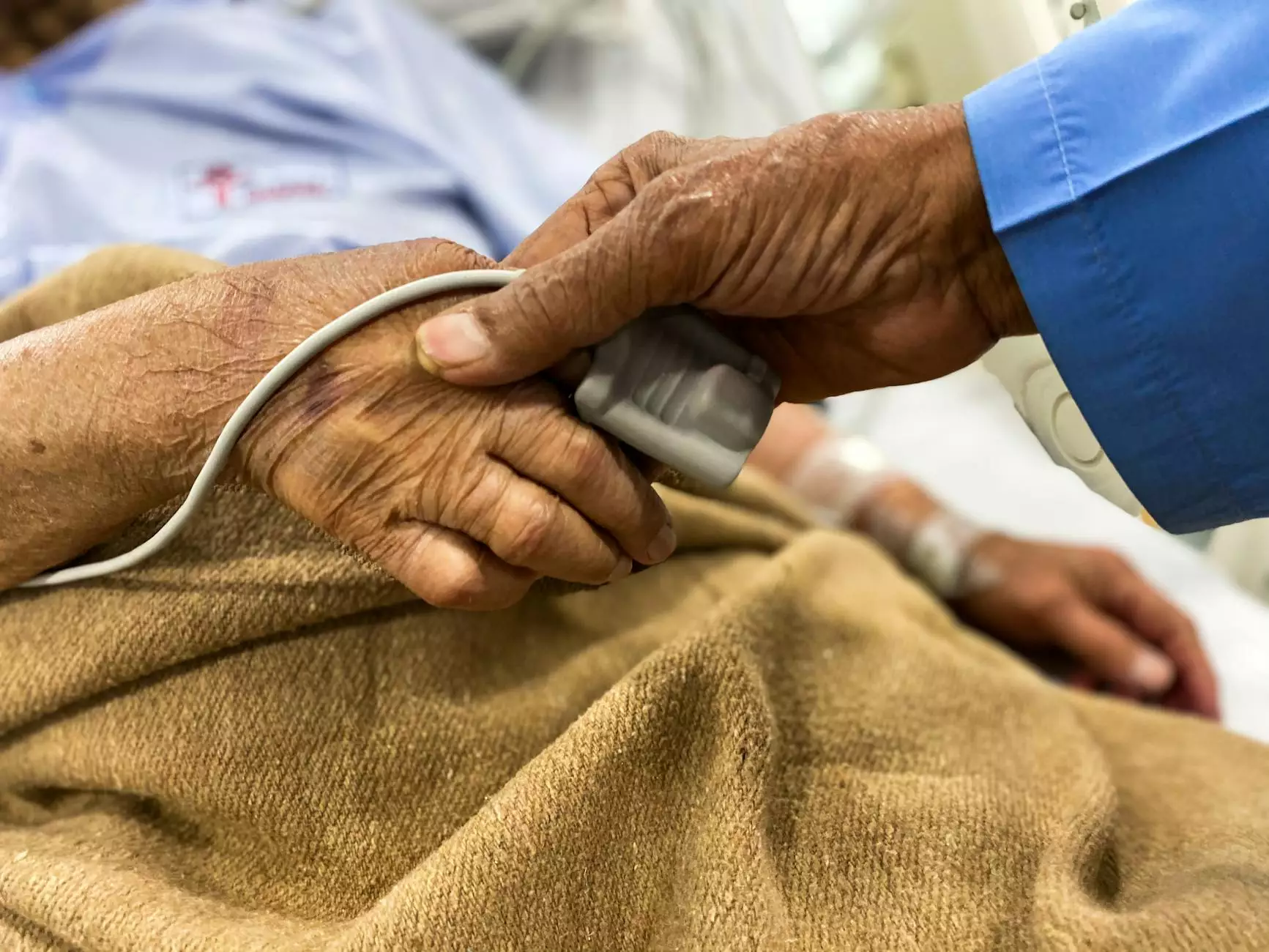Fainting Rarely Tied to Blood Clot, Study Finds
Heart Health
Welcome to Bowling Orthopaedics - your trusted source for valuable insights into the field of health. In this article, we delve into the intriguing study findings regarding fainting and its rare correlation with blood clots. Our team of expert researchers have examined the latest research to provide you with a comprehensive understanding of this fascinating topic. Let's explore the details below!
The Relationship Between Fainting and Blood Clots
Fainting, also known as syncope, is a temporary loss of consciousness often caused by a sudden drop in blood flow to the brain. While multiple factors can trigger a fainting episode, a recent study has found that the occurrence of fainting is rarely tied to the presence of blood clots.
The researchers analyzed a large sample size of individuals who experienced fainting episodes and evaluated the presence of blood clots. The study revealed that only a small percentage of fainting cases were associated with blood clot formation. This implies that the chances of blood clots causing fainting are relatively low.
Understanding the Study Findings
The study findings highlight the importance of differentiating between various causes of fainting episodes. While fainting can be a distressing experience, understanding the underlying factors can help in diagnosis, treatment, and prevention.
It is essential to note that fainting is commonly triggered by non-life-threatening factors such as vasovagal syncope, orthostatic hypotension, or emotional distress. These causes are not directly linked to blood clot formations.
Identifying Blood Clots and Related Symptoms
Blood clots, also known as thrombosis, are the result of blood coagulation in the veins or arteries. Although fainting itself is rarely caused by blood clots, it is crucial to be aware of the symptoms and risk factors of thrombosis.
Risk factors for blood clots include a personal or family history of clotting disorders, prolonged immobilization, major surgery, obesity, smoking, certain medications, and chronic medical conditions such as cancer or heart disease.
Symptoms of blood clots in the lower extremities may include:
- Pain or tenderness
- Swelling and warmth
- Redness or discoloration
- Vein visibility
If you suspect a blood clot, it is crucial to seek immediate medical attention. Prompt diagnosis and treatment are vital in preventing potential complications.
Prevention and Treatment
While fainting and blood clot correlations are rare, it is crucial to focus on overall wellness and preventive measures to reduce the risk of both conditions.
For preventing fainting episodes:
- Avoid triggers such as prolonged standing, hot environments, or dehydration
- Practice deep breathing techniques during episodes of stress or anxiety
- Maintain a healthy and balanced diet
- Stay well-hydrated
To prevent blood clots:
- Engage in regular physical activity
- Avoid prolonged periods of immobility
- Follow your healthcare provider's recommendations if you are at higher risk
- Consider using compression stockings during long trips or periods of inactivity
Always consult with your healthcare provider for personalized advice and guidance on preventing and managing fainting episodes and blood clot risks.
Connect with Bowling Orthopaedics
If you have further questions or concerns about fainting, blood clots, or any other health-related issues, please do not hesitate to reach out to Bowling Orthopaedics. Our team of experienced professionals is dedicated to providing you with expert insights and personalized care.
Remember, at Bowling Orthopaedics, your health is our priority!










